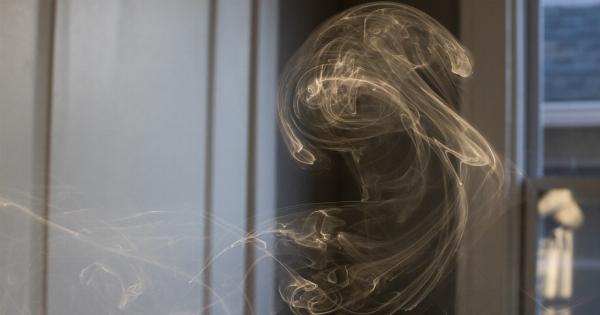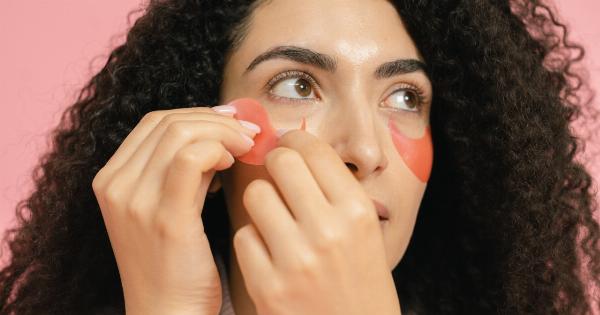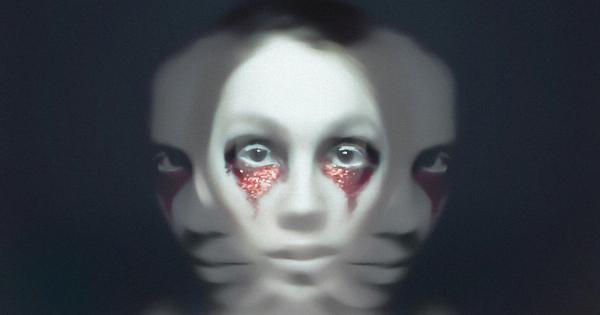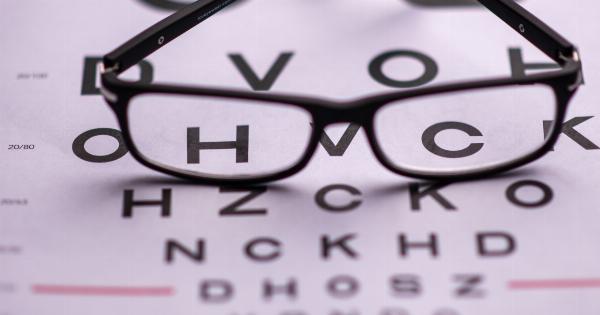Dry eye is a common condition that occurs when your eyes do not produce enough tears or when your tears evaporate too quickly. It can lead to symptoms such as discomfort, redness, itchiness, and vision disturbances.
Depression, on the other hand, is a mood disorder that can cause persistent feelings of sadness, hopelessness, fatigue, and lack of interest in activities. While these two conditions may seem unrelated, recent studies have found a potential link between depression and dry eye.
What Is Dry Eye?
Dry eye occurs when your eyes cannot maintain a healthy layer of tears to lubricate and protect the surface of your eyes.
Tears are essential for your eye health and vision because they:
- Wash away foreign particles and debris
- Reduce the risk of eye infections
- Nourish and moisten the eye surface
- Provide a smooth optical surface for clear vision
When you have dry eye, your eyes can feel dry, gritty, burning, or stinging. You may experience excessive tearing, blurred vision, light sensitivity, or eye fatigue.
Dry eye can affect anyone, but it is more common in women, older adults, and people who take certain medications, have certain medical conditions, or live in dry, windy, or dusty environments.
What Is Depression?
Depression is a mental health disorder that affects millions of people worldwide. It is characterized by persistent feelings of sadness, hopelessness, worthlessness, guilt, and helplessness.
Depression can also cause physical symptoms such as:
- Fatigue and lethargy
- Insomnia or oversleeping
- Changes in appetite and weight
- Difficulty concentrating and making decisions
- Lack of interest in pleasurable activities
- Thoughts of death or suicide
Depression can be caused by a combination of genetic, environmental, and psychological factors. It can also be triggered by stressful life events, illness, or substance abuse. Depression can affect anyone, but it is more common in women, people with a family history of depression, and people who have experienced trauma or abuse.
The Link Between Depression and Dry Eye
Several studies have found a possible association between depression and dry eye.
In a study published in the American Journal of Ophthalmology, researchers analyzed the data of 50,000 people who had taken a depression screening test and a dry eye symptom questionnaire. They found that people with depression were more likely to have dry eye symptoms than those without depression, regardless of their age, sex, or other health factors.
The study authors speculated that the biological changes associated with depression, such as inflammation, hormonal imbalances, and autonomic dysregulation, could affect the tear film and lead to dry eye.
Another study published in the Journal of Ophthalmology surveyed 116 patients with dry eye and found that more than half of them also had symptoms of depression or anxiety.
The study authors suggested that emotional stress and psychological distress could exacerbate dry eye symptoms by increasing tear evaporation and reducing tear production.
While the exact mechanism of the link between depression and dry eye is not yet clear, some researchers have proposed that stress hormones such as cortisol and adrenaline could interfere with tear secretion and quality.
Others have suggested that the immune system dysfunction and chronic inflammation associated with depression could trigger a cascade of events that lead to tear film instability and damage to the ocular surface.
The Impact of Depression on Dry Eye Treatment
The potential link between depression and dry eye has significant implications for the diagnosis and treatment of dry eye.
In addition to assessing the eye-related symptoms of dry eye, clinicians should also screen patients for signs of depression and anxiety, as well as other mental health conditions that could affect their overall well-being and quality of life.
Patients with both depression and dry eye may benefit from a multidisciplinary approach that addresses both their mental and ocular health.
Treatments for depression, such as antidepressants, psychotherapy, or mindfulness techniques, could help reduce the psychological distress and improve the tear film stability. Treatments for dry eye, such as artificial tears, ointments, punctal plugs, or meibomian gland expression, could alleviate the eye-related symptoms and improve the patient’s mood and quality of life.
Conclusion
The link between depression and dry eye is a complex and evolving topic that requires further research and clinical attention.
While the causal relationship between these two conditions is not yet clear, the evidence suggests that they may be intertwined and interact in ways that affect the patient’s physical and emotional health. Clinicians and patients should become aware of this potential link and consider the multidimensional aspect of dry eye and depression when diagnosing and treating these conditions.
























